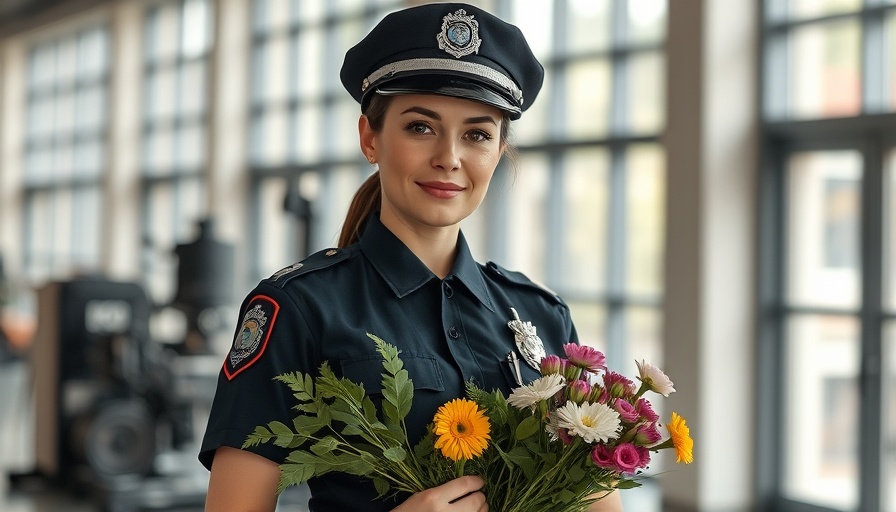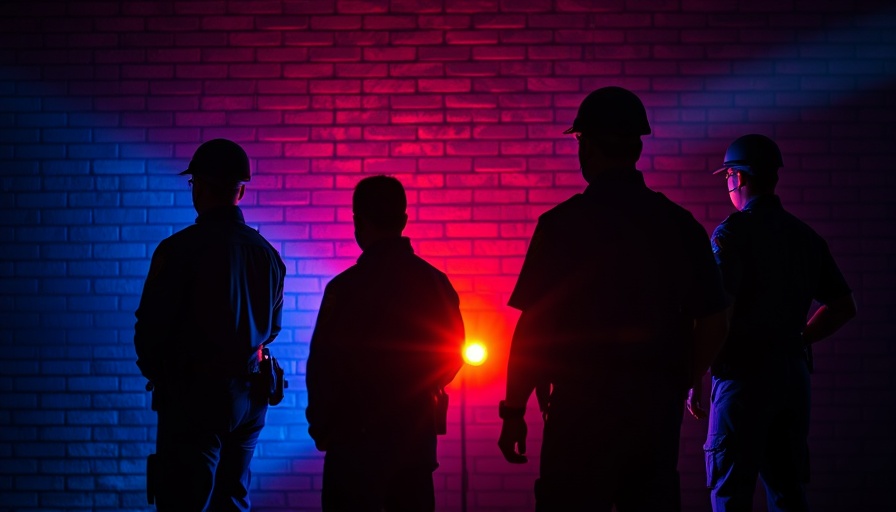
A Troubling Incident: Chicago Officer Shot by Fellow Officer
In a shocking event unfolding on June 7, 2025, Chicago Police Officer Krystal Rivera was unintentionally shot by a fellow officer, highlighting ongoing concerns about officer safety and the effectiveness of police training protocols. The incident raises critical questions within law enforcement about equipment handling, situational awareness, and the overall safety of officers in the field.
The Impact of Officer Wellness on Public Safety
The circumstances surrounding Officer Rivera's shooting serve as a stark reminder of the mental and physical challenges faced by first responders. According to research, officer wellness is crucial not only for the safety of the officers themselves but also for the communities they serve. Departments are increasingly recognizing that mental health support and wellness programs can enhance decision-making and reduce the likelihood of tragic accidents. The emphasis on officer wellness aligns with broader public safety initiatives, contributing to community trust and improving policing outcomes.
Incorporating Technology for Safer Operations
With incidents like the shooting of Officer Rivera in mind, there is a growing call for modernizing police practices through technology. Body cameras, for example, have proven to be invaluable in enhancing accountability and transparency in law enforcement. Furthermore, integrating AI tools in policing can help interpret data to inform responses, thus improving situational awareness and reducing mistakes in high-pressure scenarios. Law enforcement agencies are urged to adopt these technologies comprehensively to bolster public trust and officer safety.
Reforming Police Training and Use of Force Policies
The unintentional shooting incident reignites conversations around police training and use of force policies. Current training methodologies often fail to address the complexities of real-life encounters officers face. Comprehensive training programs focusing on de-escalation tactics, crisis intervention, and equipment handling can reduce the likelihood of accidental discharges. These reforms are essential not only for enhancing officer safety but also for fostering a culture of public trust in law enforcement.
Engaging the Community for Better Policing
Community engagement is more critical than ever in fostering relationships that lead to better policing outcomes. The call for police departments to rebuild trust with the communities they serve has never been louder. Initiatives such as community policing efforts can create open dialogues between law enforcement and residents. Involving community stakeholders in discussions about public safety can lead to tailored approaches that address unique local issues while enhancing overall police effectiveness.
Conclusion: A Call for Comprehensive Reform
The unintentional shooting of Officer Krystal Rivera underscores the urgent need for comprehensive reforms within law enforcement agencies. By integrating advanced technology, fostering officer wellness, and prioritizing community engagement, police departments can move toward a model of policing that is safe, effective, and rooted in mutual trust. Policymakers, law enforcement leaders, and the community must unite to support transformative changes that not only protect officers but also serve the interests of public safety.
 Add Row
Add Row  Add
Add 

 Add Element
Add Element  Add Row
Add Row 




Write A Comment